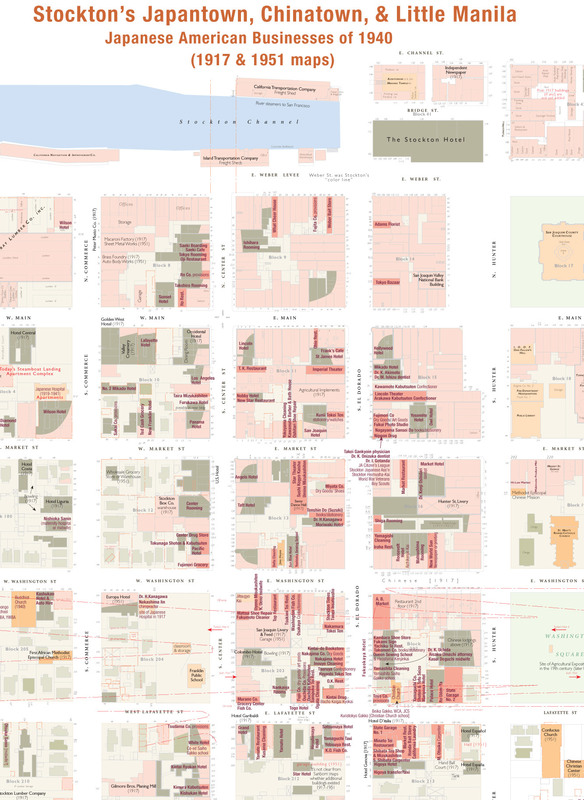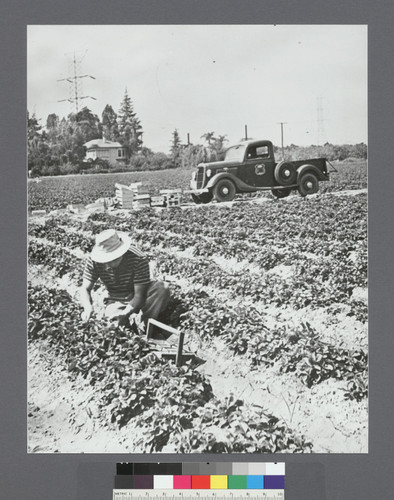Before Pearl Harbor
Before the start of the United States’ involvement in WWII, the Japanese-American presence was expanding. The Japanese population in the United States was just over 125,000 people and 150,000 more lived in the Territory of Hawaii.[1] In the United States, most of the Japanese-Americans lived on the West Coast with many ending up in the Delta region. The major hubs of Japanese people and culture found in the Delta region were San Francisco, Stockton, and Sacramento. “In 1941, Stockton had 1,500 persons of Japanese ancestry, while another 2,500 were engaged in agriculture within San Joaquin County.”[2] These 4,000 Japanese were able to establish a Nihonmachi, or Japan town, in Stockton which became a place where they could practice their culture. The Stockton area was not the only Japanese agricultural hub in the Delta region with many Japanese agriculture workers residing in Sacramento. The towns of Florin and Elk Grove, both on the outskirts of Sacramento, had a tremendous Japanese influence with two thirds of Florin’s population being of Japanese ancestry.[3]
Created by Collin Craig, Mario Tosqui, Oscar Lopez, and Devin Ramstead

